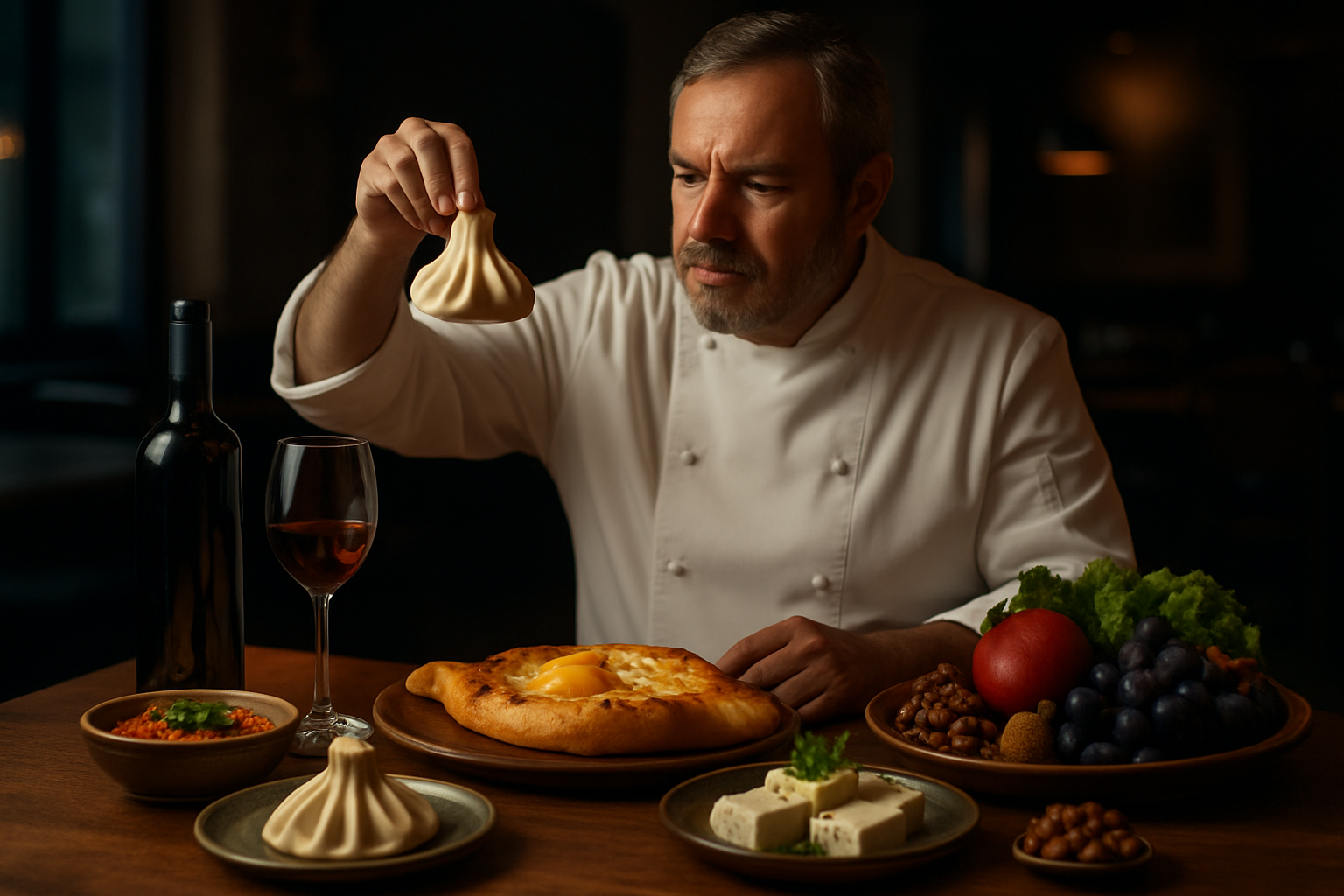Culinary Alchemy: The Art of Flavor Pairing
Embark on a gastronomic adventure that transcends traditional cooking boundaries. Discover the science and creativity behind flavor pairing, where unexpected ingredient combinations create mind-blowing taste experiences. From sweet and savory fusions to molecular matches, this culinary journey will revolutionize your approach to food and ignite your passion for innovative cuisine.

Unexpected Duos: Sweet Meets Savory
One of the most intriguing aspects of flavor pairing is the combination of sweet and savory elements. This approach has given rise to numerous culinary innovations that push the boundaries of traditional taste profiles. Consider the classic pairing of prosciutto and melon, where the saltiness of the cured ham enhances the fruit’s sweetness. Or explore more daring combinations like dark chocolate with blue cheese, where the rich, bitter notes of cocoa complement the pungent, creamy cheese. These unexpected duos demonstrate how contrasting flavors can create a harmonious balance on the palate, offering a multi-dimensional taste experience that keeps diners intrigued and satisfied.
Global Fusion: Cross-Cultural Flavor Combinations
Flavor pairing isn’t limited to individual ingredients; it can also bridge culinary traditions from different parts of the world. As global cuisine becomes increasingly accessible, chefs are finding innovative ways to blend flavors from diverse cultures. Imagine the zesty kick of Thai lemongrass infused into a classic Italian risotto, or the earthy warmth of Indian curry spices elevating a French beef bourguignon. These cross-cultural combinations not only create exciting new dishes but also foster a deeper appreciation for the interconnectedness of global cuisines. By exploring these fusion flavors, home cooks can embark on a culinary world tour without leaving their kitchens.
Molecular Matchmaking: The Future of Flavor
As culinary technology advances, so does our ability to create precise and innovative flavor pairings. Molecular gastronomy, a discipline that combines food science and culinary arts, has opened up new possibilities for flavor exploration. Using techniques like spherification, foams, and liquid nitrogen, chefs can manipulate textures and temperatures to enhance flavor profiles. For example, a savory olive oil ice cream paired with a tomato foam can recreate the essence of a Caprese salad in a completely unexpected form. These molecular approaches not only challenge our perceptions of taste but also offer new ways to experience familiar flavors, making each bite a journey of discovery.
From Garden to Glass: Botanical Flavor Pairings
The art of flavor pairing extends beyond the plate and into the world of mixology. Bartenders and beverage enthusiasts are increasingly turning to botanical ingredients to create complex and exciting drink profiles. Herbs, flowers, and even vegetables are finding their way into cocktails and non-alcoholic beverages, offering a fresh perspective on liquid refreshment. Picture a gin infused with lavender and paired with elderflower tonic, or a smoky mezcal balanced with the bright acidity of grilled pineapple and a hint of rosemary. These garden-inspired concoctions demonstrate how the principles of flavor pairing can transform the drinking experience, creating libations that are both refreshing and thought-provoking.
Flavor Pairing Tips for Culinary Adventurers
• Explore the flavor wheel: Familiarize yourself with flavor profiles to identify complementary tastes.
• Trust your nose: Aroma plays a crucial role in flavor perception; if it smells good together, it might taste great too.
• Start with small experiments: Begin with subtle combinations before moving to bolder pairings.
• Consider texture: Flavor pairing isn’t just about taste; contrasting textures can enhance the overall experience.
• Embrace seasonal ingredients: Use fresh, in-season produce for the best flavor outcomes.
• Don’t fear failure: Some combinations may not work, but each attempt is a learning opportunity.
• Document your discoveries: Keep a flavor journal to record successful pairings and ideas for future experiments.
In conclusion, the art of flavor pairing opens up a world of culinary possibilities, inviting both professional chefs and home cooks to push the boundaries of taste. By understanding the science behind flavor combinations, exploring global influences, and embracing innovative techniques, we can create dishes that not only satisfy hunger but also inspire and excite. As we continue to discover new flavor pairings, we redefine what’s possible in the kitchen, transforming each meal into a unique and memorable experience. So, let your creativity soar, trust your palate, and embark on your own flavor-pairing adventure. The next great culinary discovery might just be a combination away!





